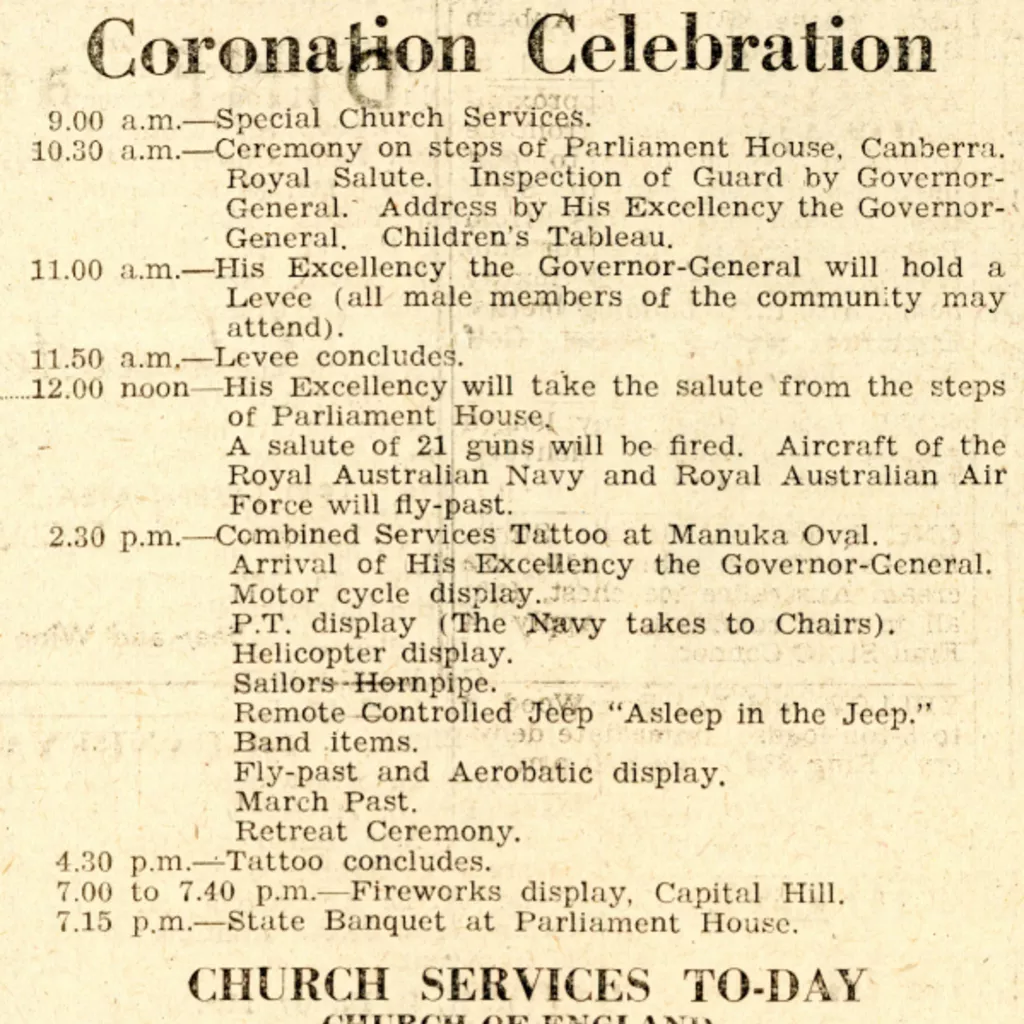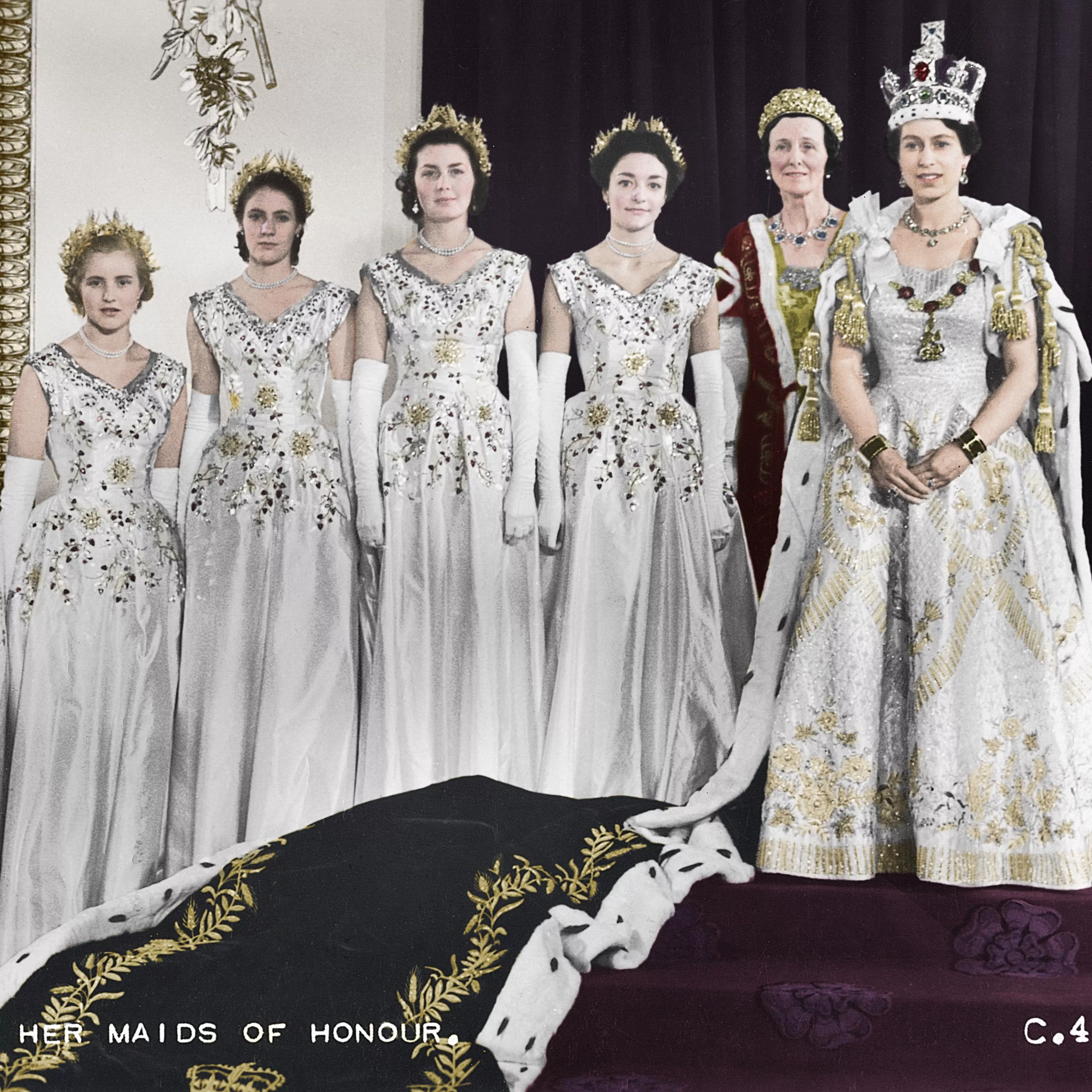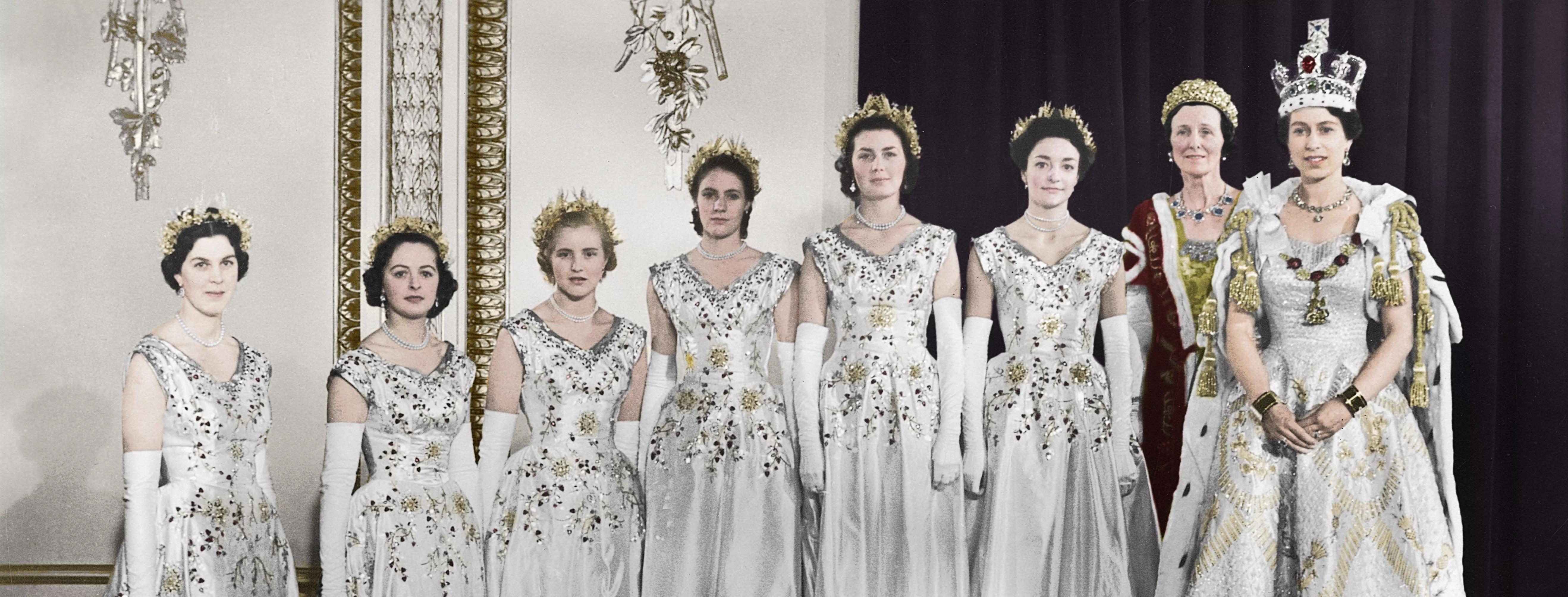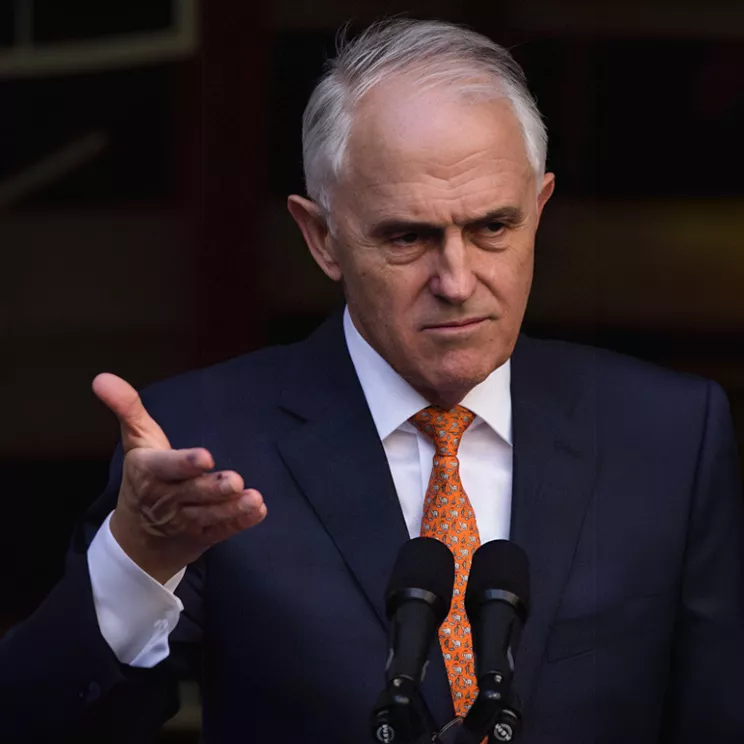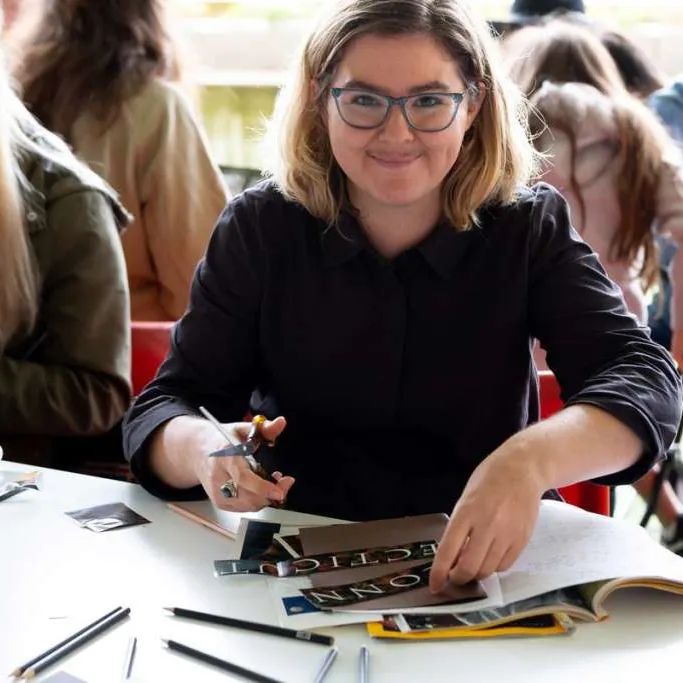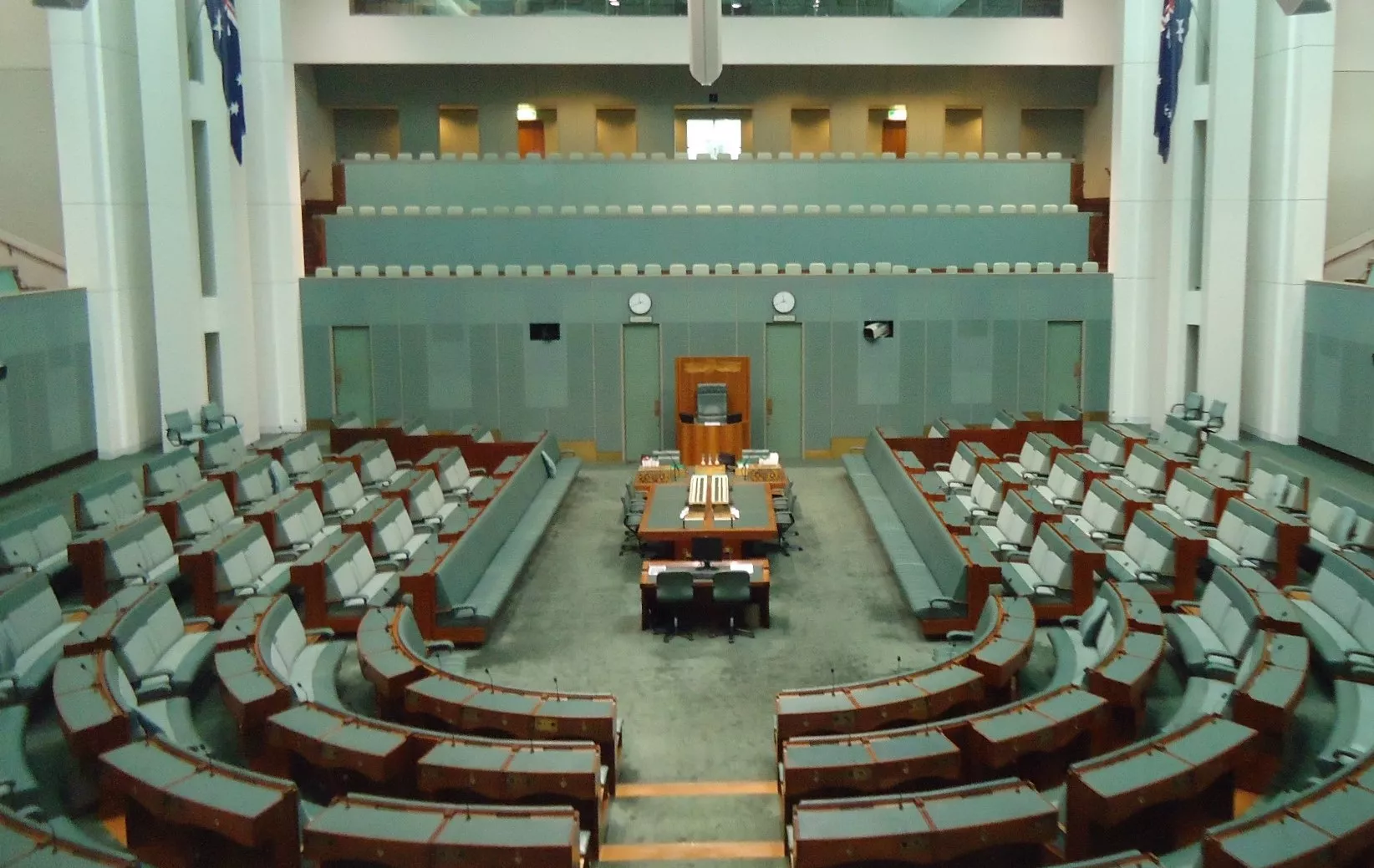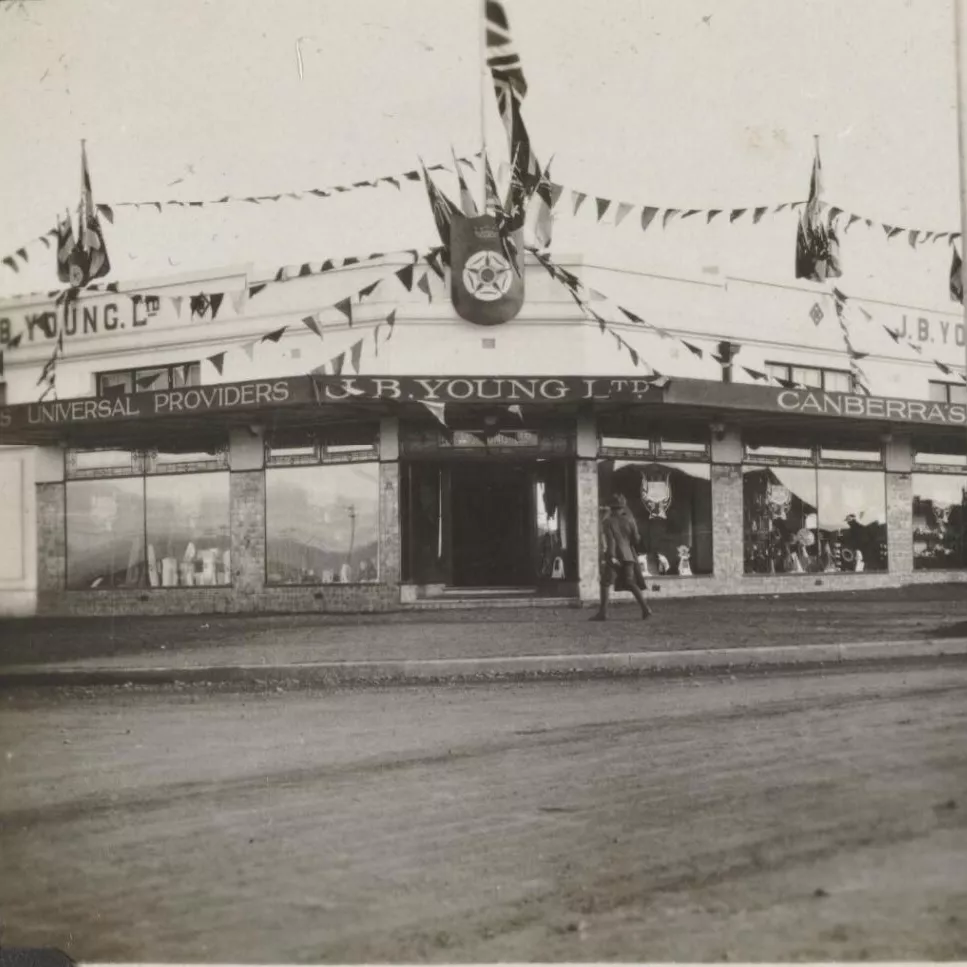Westminster Abbey to Old Parliament House: a queen is crowned
- DateTue, 10 May 2022
Can you imagine working in the same job for 70 years?
Well, Queen Elizabeth II could! In 2022 she celebrated her Platinum Jubilee, marking 70 years of service to Britain and the Commonwealth and claiming the title of the longest-reigning monarch in British history. Our Lizzie achieved a lot during her reign as Queen and there were many historic firsts in her coronation ceremony.
But let’s go back a bit. When King George VI died at Sandringham House on the night of 6 February 1952, Princess Elizabeth, the elder of the King’s two daughters, was in Kenya at the beginning of a royal tour of the Commonwealth. Already assuming important royal duties on behalf of her father, Princess Elizabeth became the first sovereign in over 200 years to accede while abroad. The 25-year-old monarch grieved for her father while taking on the responsibility of her new role as Queen. Although Elizabeth immediately acceded to the throne, it would be a further 16 months until the coronation.
Churchill appalled: the world first televised coronation
The coronation took months to plan. The Coronation Commission comprised 36 representatives including some familiar names from Australia including Prime Minister Robert Menzies, Sir Thomas White, the Australian High Commissioner to the United Kingdom, the Chief Justice of the High Court, Sir Owen Dixon and the Leader of the Opposition, Herbert ‘Doc’ Evatt. Prince Philip was appointed Chair and made the decision to televise the coronation ceremony. This was ground-breaking and the decision was criticised by UK Prime Minister Winston Churchill, who was ‘horrified’ at the thought of using cameras inside the sacred Westminster Abbey. However, the Queen supported the decision, and the televised ceremony was watched by 27 million people in the UK alone, as well as by millions around the world.
Giant arches for the Mall
A full six months before the coronation, Westminster Abbey was closed to the public and the transformation of the church commenced. Decorative arches for the Mall, a major thoroughfare along the processional route, were fabricated.
Made from tubular steel, the coronation arches were floodlit and adorned with coronets, unicorns and lions and golden cane fan-shaped designs added lightness to the uprights.
Sources describe the arches as being 70 or 85 feet (21 or 26 m) tall. After the coronation and in a laudable recycling gesture, the coronets, unicorns and lions were sent to Canberra to be fabricated into new arches to welcome the Queen in 1954.
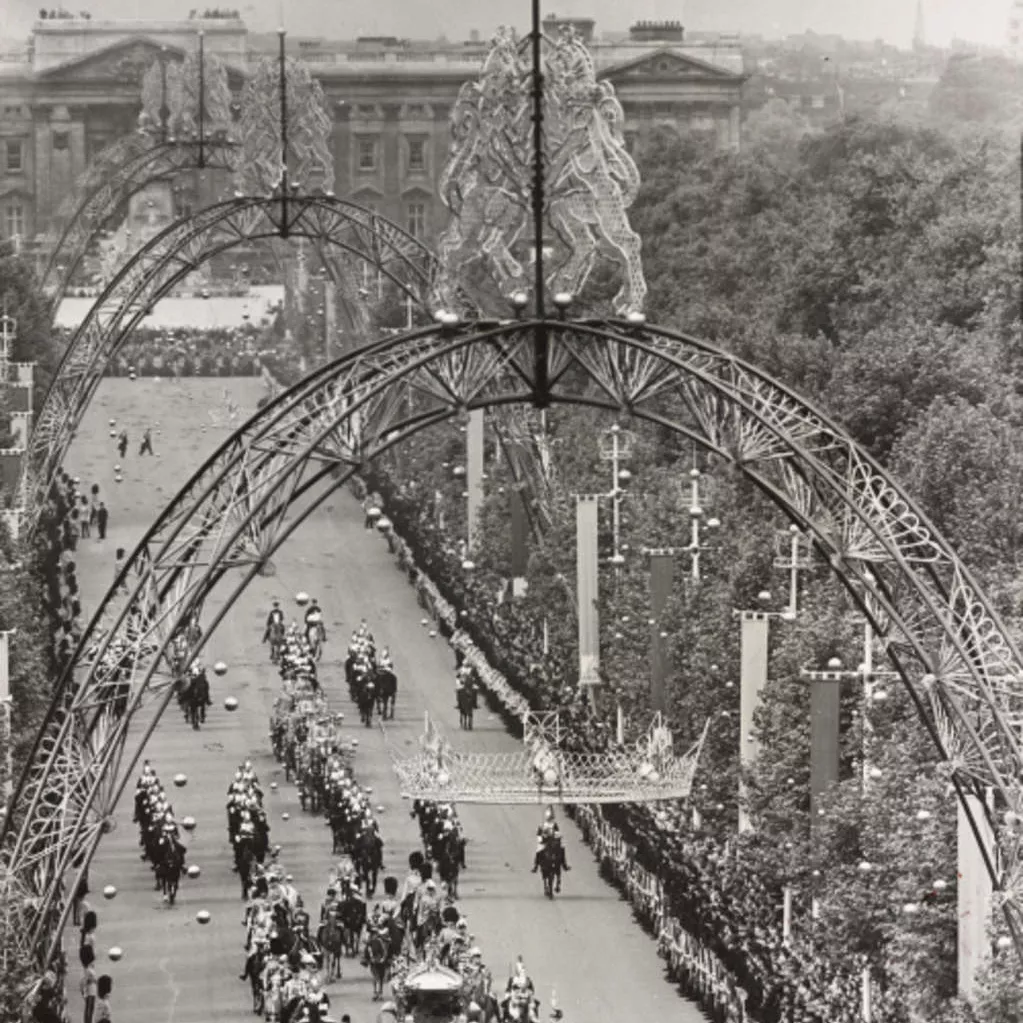
The big day
The much-anticipated coronation day arrived on 2 June 1953 and began with a procession from Buckingham Palace to Westminster Abbey. The ceremony at the Abbey lasted for what must have been an exhausting three hours with a small part of the rite conducted in secret. The Act of Consecration required the Queen to remove her crimson robe and sit in King Edward's Chair in a simple white linen dress that covered the coronation gown. Knights of the Garter then shielded Elizabeth from the crowd while the Archbishop of Canterbury anointed her with blessed oil made from orange, roses, cinnamon, musk and ambergris while whispering a blessing.
The route back to Buckingham Palace was designed so that the procession could be viewed by as many people as possible. The almost 5 mile journey took the 16,000 participants in the procession a full two hours to complete. Once the Queen arrived back at the Palace, she appeared on the balcony alongside her family and was greeted with loud cheers. A banquet was held in the evening to conclude a very long day of celebrations.
Australian representatives were invited to the coronation and 250 seats in Westminster Abbey were reserved for them. The parliamentary delegates who attended included Prime Minister Robert Menzies and his wife Pattie Menzies, and Harold and Zara Holt. Guests were required to be seated from 7:40 am for the ceremony which was expected to last over seven hours. Harold Holt mentioned in his diary the various cunning methods employed by guests to sneak food into the ceremony.
Marking the coronation in Canberra
In Australia, the coronation was celebrated across the country. At the front steps of (now Old) Parliament House in Canberra, a morning ceremony featured a Royal Salute, an inspection of the Guard, a coronation speech delivered by Governor-General Sir William Slim to a crowd of 9000 and, of course, a fly-past. That night a fireworks display lit up Capitol Hill and a State Banquet was held in Parliament House.

Thousands of eager subjects lined the streets to watch the Queen travel past in the Gold State Coach. Built in 1763, the coach was heavily gilded with gold leaf, decorated with painted panels, and was pulled by eight horses named Cunningham, Tovey, Noah, Tedder, Eisenhower, Snow White, Tipperary and McCreery. Image: Bettmann via Getty Images
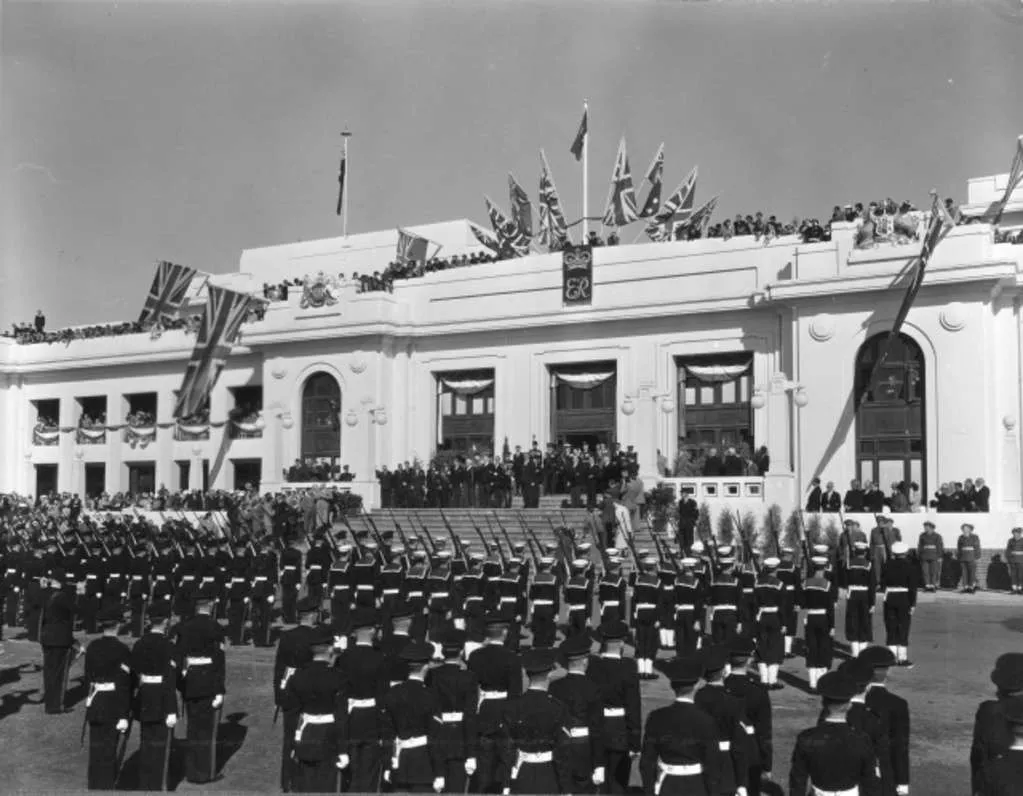
The Governor-General Sir William Slim addresses members of the defence forces from the front steps of Parliament House on coronation day. Parliamentarians, staff and visitors crowd the roof, windows and terraces to gain a good vantage point. Image courtesy of ACT Heritage Library, Coronation of Queen Elizabeth II Celebrations, showing military contingents drawn up in front of Old Parliament House, which is decorated with flags, June 1953, Department of Capital Territory Collection, 009487
But is it really a special occasion if an event isn’t held at Manuka Oval? In true Canberra style, a Combined Services Tattoo was staged at the oval. No gilded coaches here but instead an intriguingly named event ‘Asleep in the Jeep’ featuring a remote-controlled vehicle alongside other serious and more light-hearted activities.
